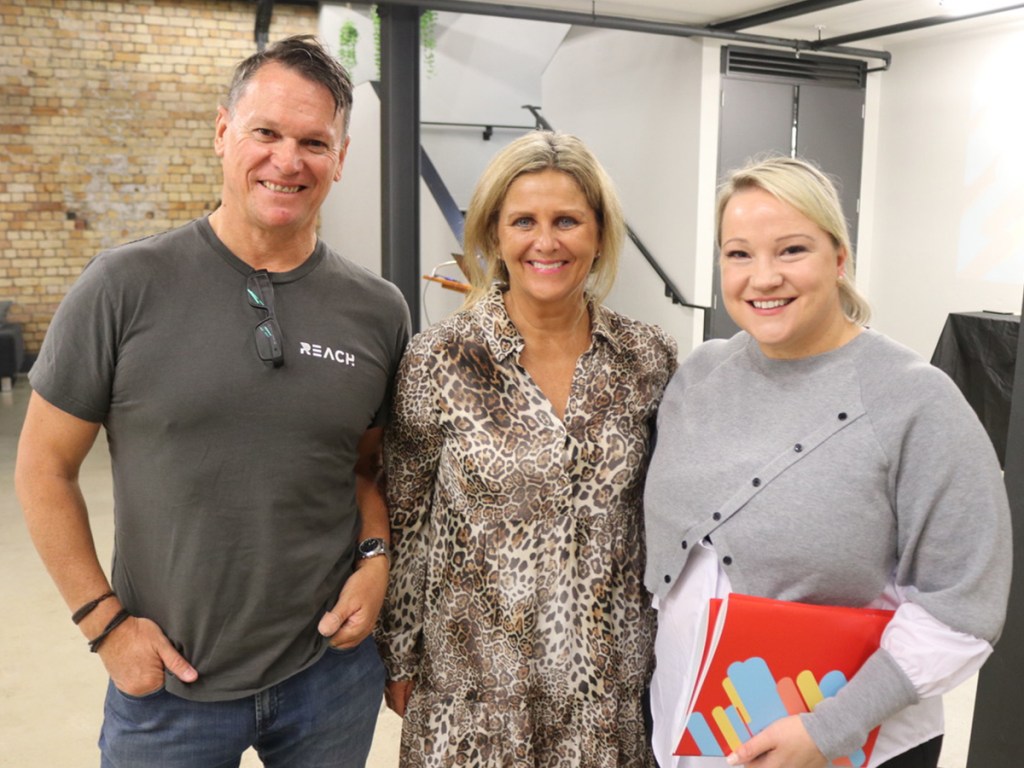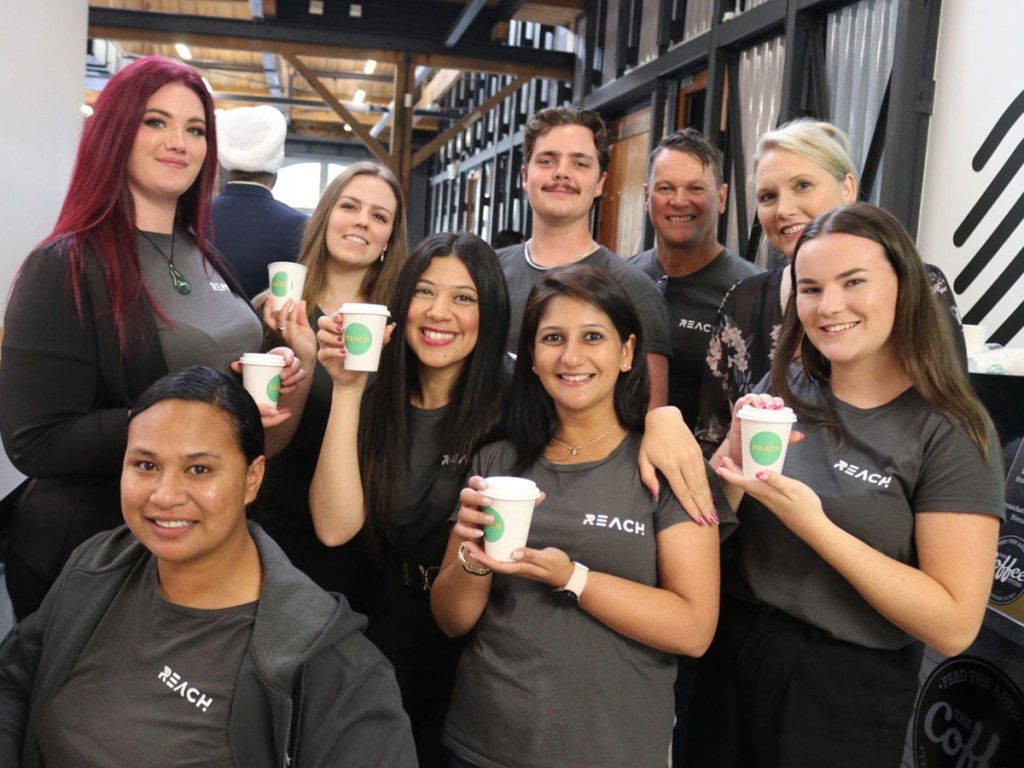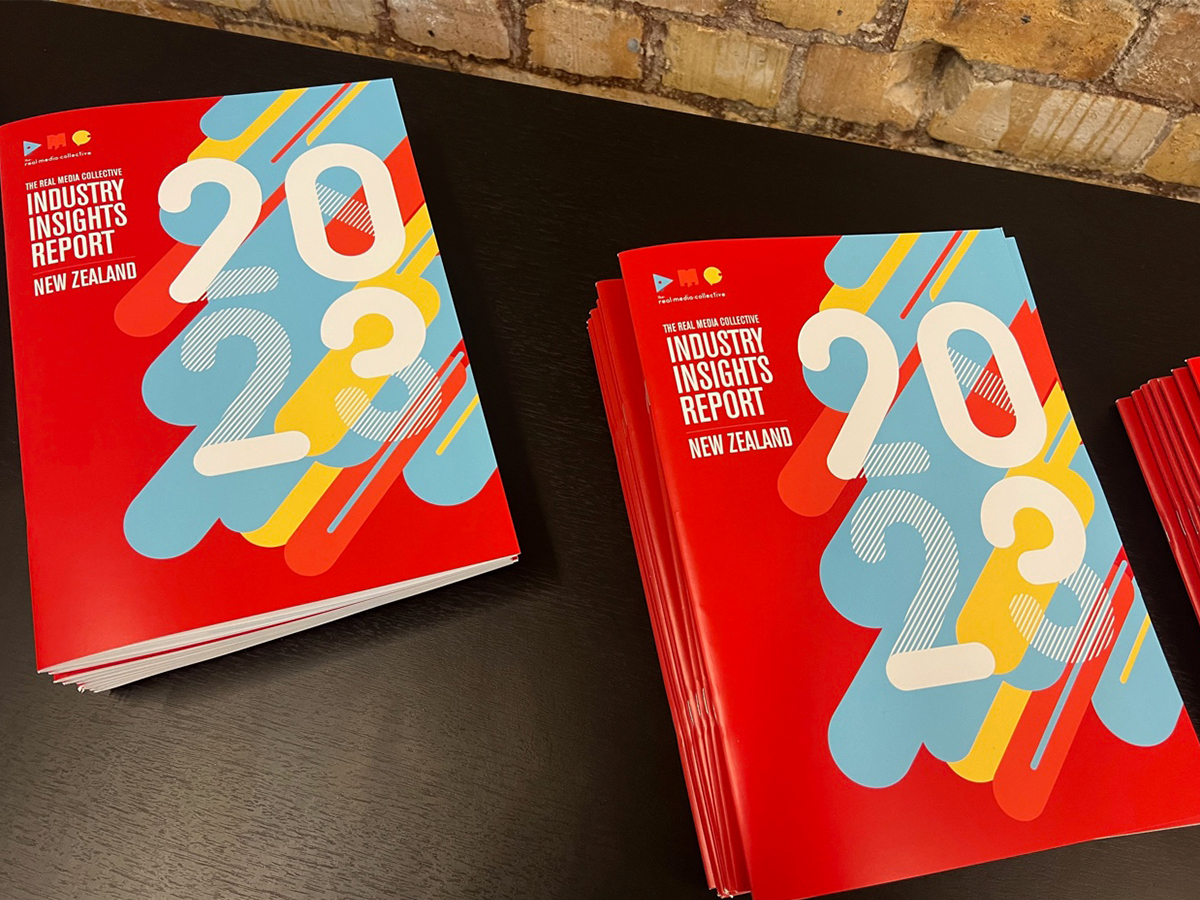The Real Media Collective has launched its Industry Insights Report during a breakfast event in Auckland. Emphasising the power of print, the report indicates that despite the high popularity of digital media, 43 per cent of the population prefers print.
Insights Breakfast, held at the premises of the Reach marketing agency, attracted industry executives from major brands that use print as part of their marketing mix, including Greencross, Appliance Connexion and Candida Stationery.
The Real Media Collective NZ CEO, Kellie Northwood, shared important statistics with the audience. According to the report, 57 per cent of consumers prefer digital communication, with the remaining 43 per cent of the population favouring print.
Chief executive officer of Blue Star and chair of The Real Media Collective New Zealand Jill Cowling said the breakfast event was about giving marketers insights into the benefits of a multi-channel delivery.
“Everyone in marketing needs to get their hands on the Industry Insights Report and have a good read as it is going to be self-explanatory as to the power of print. Importantly, 43 per cent of consumers still want to read and consume a printed piece – whether it is a magazine, magalog or catalogue – and it is targeted. The power of print has a huge place in our world, and it will continue to be influential. We know millennials, Gen Zs, and boomers love to touch things, and tactility is very important.
“Coming on board as chair of TRMC New Zealand in 2022 was a tough time as it was during Covid. It was a very challenging time to be leading an industry body – and also for many of our board members – as the world was topsy turvy and particularly in New Zealand, as we actually shut down print for quite a while, including magazine publications during the first lockdown.
“So, the Real Media Collective has taken a moment to re-evaluate what is really important for the industry and for marketers in terms of industry data. This breakfast today was about reinvigorating the association, kicking off the year, and communicating important data, as well as getting people excited about the power of print in terms of information distribution and marketing. It is about having and using that toolbox – the builder does not have one hammer. They have all of these tools they use to build a house. Marketers have a suite of tools available to them – online, digital, TVCs, as well as print – and they need to use all of them. This is what The Real Media Collective NZ is looking to do – make all of the tools in the marketing toolbox exciting.
“We are seeing customers starting to realise they have a much smaller audience if they are not using print. We are out there telling them that print is important, but the marketers are also starting to realise this themselves because their sales are being impacted.
“New Zealand had a 14 per cent decline in online retailing in Q3 last year – that is an amazing statistic. It shows that people are coming back into the store, which means there is a huge opportunity for print in-store as it is capturing the attention of end consumers.”

CEO of Reach NZ and former chair of The Real Media Collective New Zealand, Struan Abernethy, said it was great to gather the industry together for the first time since Covid.
“The most important focus from today has been around the power of print and the effectiveness of the channel,” Abernethy said. “Today has not just been about a print-only perspective, but also highlighting the power of online and offline working together and how smart marketers today are understanding it is about data, optimisation and targeting by using those channels together.
“There is a perception that print has been in decline or has been a dying channel for years, and in fact, the opposite is true – not just in this market, but also the US market and the UK market – print and particularly the letterbox channel is growing.
“Our company – with a core business in catalogues – has been in growth mode for three years. It has been interesting to see customers that have exited the channel only to come back due to the impact on their revenue. We have seen four big brands do that. We call it the yo-yo effect as they yo-yo in and out of the channel. We feel they have come back to print in order to reverse the impact of their slower foot traffic in-store and decline in sales.
“This morning’s breakfast is important to emphasise how powerful print can be for brands, and I hope we can continue this conversation with regular TRMC events held quarterly in New Zealand.”
Northwood was excited about the opportunities for The Real Media Collective in New Zealand.
“I am supported by a very strong board, including chair Jill Cowling, and the post-pandemic Real Media Collective in New Zealand is all about building on these important initiatives,” Northwood said.
“We will be working more with agencies throughout the year, and we need members. The more research we want to do will mean the more research we can do for you, and this includes your support that is not just financial but also working with teams to understand what we are researching and investing in.
“We launched the Real Media Collective some years ago under the Australian Catalogue Association, which we merged across from the Australian Catalogue Association to the Australasian Catalogue Association. The world has changed since that when it was purely a catalogue and letterbox association – to now broaden into the Real Media Collective.
“We have also merged the two largest bodies in Australia, which has meant that the Real Media Collective New Zealand is now an independent entity – we are registered with the New Zealand Government now, and that gives us some opportunities that we don’t have back in Australia.

“Today, it is about explaining the channels that the Real Media Collective represents, and I would like to leave everyone with one message – stop talking about them and us – online and offline. If I leave you with nothing else – I would like you to leave with this understanding about online and offline – we have a plethora of channels to use and select when we are developing our campaigns, and I think print has fallen into this defensive approach where we don’t need to be. Print is incredibly effective in all its forms – from catalogues to newspapers to magazines to brochures.
“There is so much efficacy across the channel, we don’t need to defend – rather, we need to educate across all of the marketing tools. If I was a builder and said to you, I only build houses with one hammer – you would laugh at me, and I am pretty sure I wouldn’t get signed up to do the deal. A builder has a toolbox, and they use all of the tools in that toolbox to build a home in the same way as marketers – we have a toolbox of channels, and we utilise each of those channels to turn on and off through that journey.
“It is important to remember that consumers do not think as we do. Consumers are incredibly information-rich and fluid in their media consumption – the minute you pick up your phone and often before you have said good morning to your partner – as most of us pick up our phones – most of us see brands and advertisements as we see that throughout the day until we close our eyes at night. We see those messages through all types of channels – they do not isolate reading material that only comes through their letterbox or through their email – we know they are more fluid than that are, so as marketers, we have to consider offline as well as online.”
See the event’s photo gallery in the galleries section of our website.


